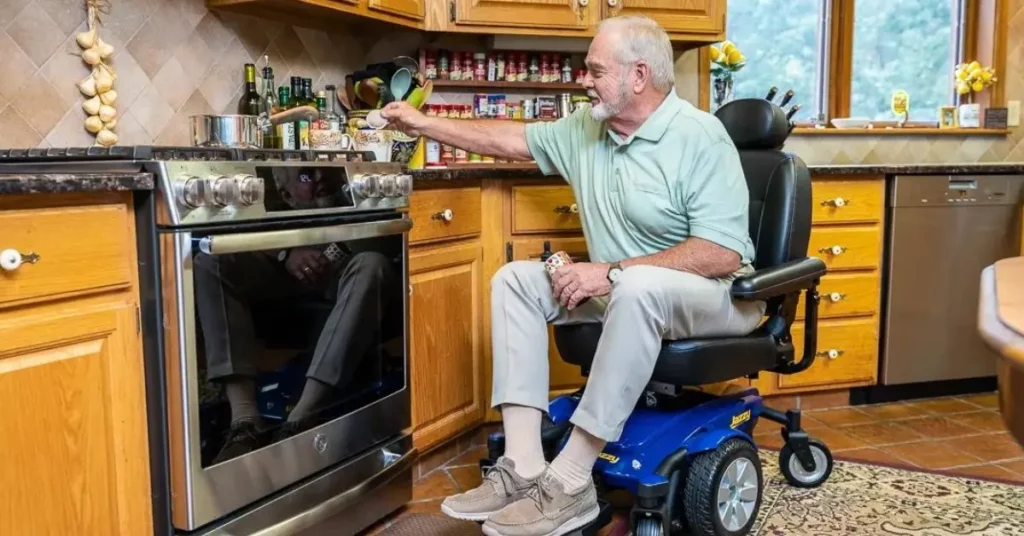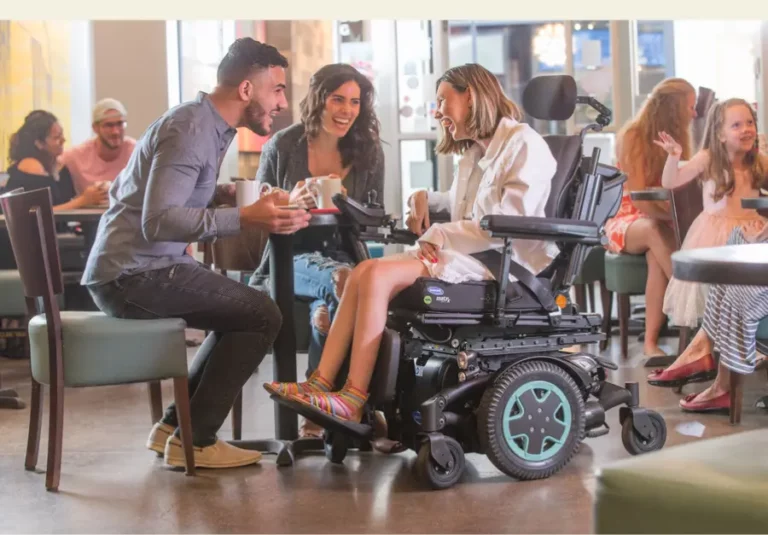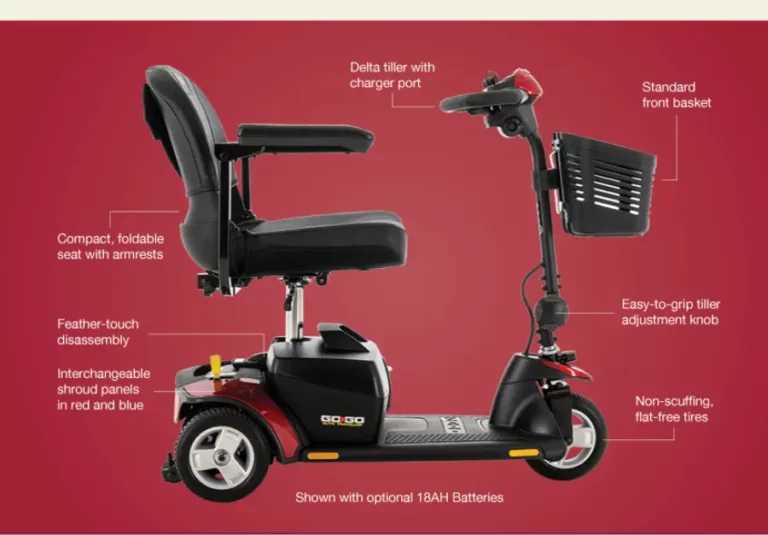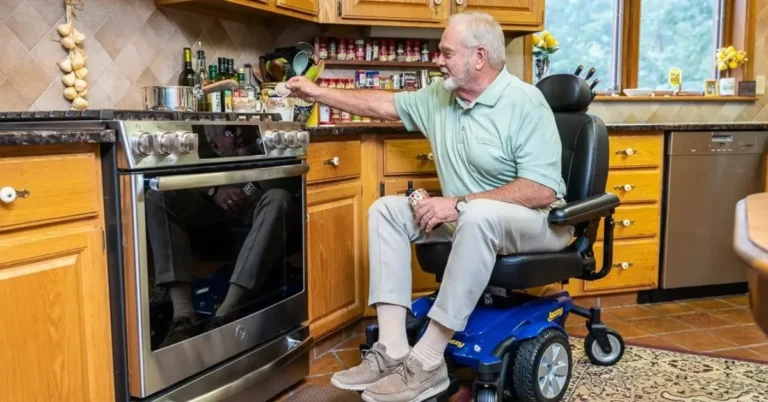What Types of Power Wheelchair Do I Qualify For?
Key Takeaways:
What Type of Power Wheelchair Do I Qualify For?
- Navigating Insurance Qualification: Understanding the insurance qualification criteria and choosing the right device based on your medical needs is critical to greater mobility independence, achieving positive health outcomes, and ensuring insurance coverage for your device.
- Power Scooters: Suitable for individuals with lower extremity issues and strong upper extremities, but not recommended for those needing pressure/postural support, with respiratory conditions, or diagnosed with neuromuscular diseases, or an unaccommodating home environment.
- Power Wheelchair: Suitable for individuals with lower extremity issues, insufficient upper extremity strength to steer a scooter, and pressure relief/postural support requirements.
- Power Wheelchair with Tilt Function: Suitable for individuals with upper and lower extremity issues, severe obesity, respiratory concerns, unable to shift their weight independently, and for those at risk of pressure ulcers.
- Power Wheelchair with Tilt and Recline Functions: Suitable for individuals with neuromuscular conditions such as forms of paralysis, increased muscle tone, spasticity, and positioning accessory requirements.

Introduction
Understanding what type of power wheelchair you qualify for can seem complicated, but choosing the right device for your medical needs is critical to greater mobility independence, achieving positive health outcomes, and ensuring insurance coverage for your device.
In this blog post, we’ve grouped power mobility devices into four distinct categories with key medical considerations to help you determine which level of device is most suitable for you. It’s important to note that, as a underlying qualification requirement for power mobility devices, manual mobility devices such as appropriately fitted canes, walkers, and optimally configured manual wheelchairs must be insufficient to address you or your loved one’s mobility limitations.
This guide serves as a general overview. For personalized advice on determining the most suitable power mobility device, consulting a medical professional is strongly recommended.
For additional information on different types of power wheelchairs, check out our power wheelchair product page.
A Power Scooter is Typically Suitable When:
- An individual is experiencing mobility limiting lower extremity issues (i.e. hip, knee, or foot weakness)
- An individual has strong upper extremities to maintain postural stability and perform transfers
- An individual has no respiratory concerns (i.e. Chronic Obstructive Pulmonary Disease (COPD), Congestive Heart Failure (CHF), shortness of breath)
- An individual’s home environment has enough space to maneuver the large wheelbase of a power scooter effectively
- An individual does not require pressure relief or postural support, as pressure prevention and positioning cushions are unavailable on scooters
A Power Wheelchair is Typically Suitable When:
- An individual is experiencing mobility limiting lower extremity issues (i.e. hip, knee, or foot weakness)
- An individual does not possess enough upper extremity strength to keep their arms stretched outright to effectively operate a scooter’s tiller steering system
- An individual can independently shift their weight while seated
- An individual may be experiencing poor endurance, respiratory concerns, or has a history of frequent falls
- An individual needs pressure relief support or postural support, as pressure prevention and positioning cushions are available on power wheelchairs
A Power Wheelchair with A Tilt Function is Typically Suitable When:
- An individual is experiencing mobility limiting upper and lower extremity issues (i.e muscle weakness/pain, amputation(s), Osteoarthritis)
- An individual has Class III obesity (severe obesity)
- An individual has respiratory issues necessitating an immediate body position change which cannot be accomplished without support
- An individual is unable to shift their weight independently for pressure relief and is at risk of developing pressure ulcers
- An individual is unable to complete transfers in and out of a seated position
A Power Wheelchair with Tilt And Recline Functions is Typically Suitable When:
- An individual has a neuromuscular condition (i.e. Amyotrophic Lateral Sclerosis (ALS), Parkinson’s disease, muscular dystrophy, paralysis, multiple sclerosis (MS), cerebral palsy)
- An individual requires intermittent catheter changes
- An individual has severe edema, increased muscle tone, or spasticity
- An individual requires a ventilator to be mounted to the power wheelchair
- An individual requires advanced postural accessories such as thigh/knee or trunk/hip support to maintain stability.
Conclusion
Understanding the support that different power mobility devices offer may seem daunting, but the distinctions are important to identifying an optimal solution that meets an individual’s needs. Whether contemplating a power scooter, a standard power wheelchair, a power wheelchair with tilt functionality, or a power wheelchair with both tilt and recline functionality, our team is ready to help you navigate the process.
For personalized guidance, give our Power Mobility Team a call at 888.364.5897.



